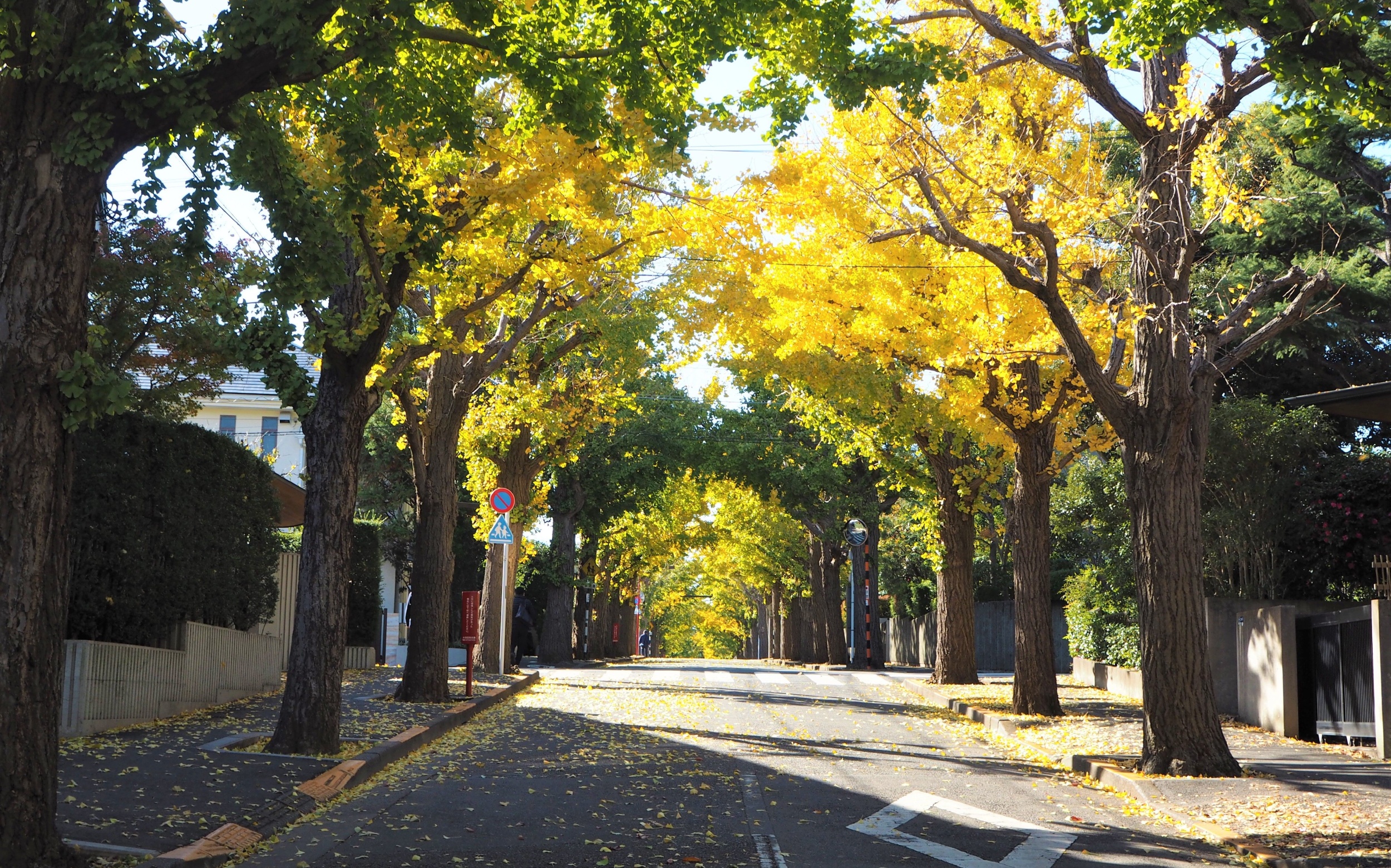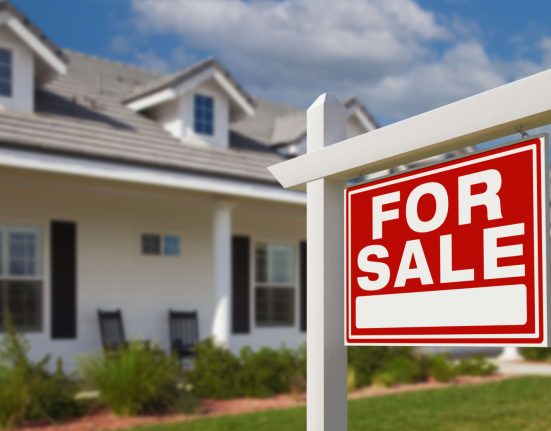In crowded cities, leafy streets can lift a neighborhood’s appeal – and its home values. But a new analysis finds the boost depends on where those trees are. Nearby canopy that cools sidewalks and frames streetscapes tends to raise prices.
Trees planted on the lot itself can sometimes do the opposite once maintenance, root damage, and storm risks are factored in.
The study was led by researchers from the Pamplin College of Business, working with the U.S. Forest Service.
The team stitched together multiple data sets – including Environmental Protection Agency records – across nine U.S. metropolitan areas to map how tree cover at different distances relates to sale prices.
Where trees grow, values follow
The team broke urban greenery into rings around each property: within 330 feet (about a city block), from 330 feet to one-third of a mile, and from one-third to two-thirds of a mile.
The researchers then estimated how much added canopy in each ring correlated with a change in value, controlling for local market conditions.
“While tree cover supports owners’ property values, their tree cover benefits the greater community property values,” said co-author Kevin Boyle, a professor in the Blackwood Department of Real Estate.
That distinction – private trees versus neighborhood trees – runs through the results. Shade you can walk under and scenery you drive past appear to deliver broad benefits that the market recognizes.
On-site trees, by contrast, carry highly localized costs and risks that can dampen the net effect for the individual owner.
A tale of two cities
The effect differs widely by location, with Fresno, California, at the lowest end and Milwaukee, Wisconsin, at the highest.
In Fresno, tree cover adds about $9 to a home’s value – essentially a rounding error. Adding 10 percent more canopy on or near the lot, and Fresno values dip by roughly $114 (around 0.1%). This reflects perceived costs such as upkeep, insurance, or interference with structures and utilities.
Shift that same extra canopy outward – between one-third and two-thirds of a mile – and the home’s value rises by about $6,751 (roughly 3.2%).
Milwaukee tells the opposite story. There, the same baseline tree cover near a property adds roughly $3,500. A 10 percent increase in canopy within 330 feet is associated with a jump of about $39,701 (around 24 percent).
Even at a distance – one-third to two-thirds of a mile – extra canopy correlates with another $27,194 (about 16 percent) in value. The Milwaukee case underscores how neighborhood-level trees can powerfully shape perceived livability in some markets.
Neighborhood trees pay off
The researchers argue the market is pricing two different bundles of attributes. Neighborhood canopy offers shared goods: cooler microclimates during heat waves and calmer streetscapes. It also provides a cohesive look that signals care and stability.
Homebuyers will pay for those amenities even if they’re not responsible for pruning the branches that provide them.
On-lot trees can still be assets, especially when well sited and maintained. But buyers often discount for future costs – leaf litter, gutter clogs, sidewalk heaves, power-line conflicts, storm damage, or insurance implications.
The analysis also acknowledges weather realities. Trees can fall in severe winds or ice storms and increase damage risk. They also cut urban heat, manage stormwater, and improve air quality at block and district scales.
The net economic signal depends on which set of experiences dominates in a given city and how residents value shared versus private benefits.
Private yards, public benefits
Most urban land is privately owned, which complicates efforts to grow and maintain the “green infrastructure” that benefits entire neighborhoods.
The authors suggest local leaders consider incentives – planting programs, maintenance support, or right-of-way investments – that nudge canopy growth into the rings where it delivers the biggest bang for the buck.
“Our analysis can be used by community leaders to understand the benefits of tree coverage,” Boyle said. “It can also educate community members that their actions in support of tree coverage can help not only the greater community, but themselves through enhanced property values.”
That strategy could include prioritizing street trees and park expansions within walking distance of homes, where the study finds the strongest and most consistent price effects.
It could also mean offering technical help to homeowners for site-appropriate species selection and root-friendly planting plans that minimize future conflicts with foundations, sidewalks, and utilities.
Action steps for greener cities
For owners, the takeaway is practical: trees can add value, but placement, species, and care matter. A well-chosen street-facing canopy that shades façades and sidewalks can enhance curb appeal and comfort.
In backyards, opt for species with less invasive roots and maintain clearances around roofs and lines.
For cities, the findings argue for shifting some canopy growth off private lots and into shared corridors – streets, medians, easements, and pocket parks. They also highlight the need for maintenance budgets that keep those trees healthy and safe.
Doing so aligns who pays with who benefits, reducing the friction that can arise when the public asks private owners to shoulder the costs of a public good.
Greener neighborhoods, higher values
The headline is simple: trees can lift home values in cities. The fine print is where the policy levers lie. Market signals in Fresno differ from Milwaukee, and the effects of canopy on the lot differ from canopy down the block.
By parsing those patterns across thousands of blocks in nine metropolitan areas, the study gives planners, assessors, and residents a clearer map.
Plant where the benefits compound, support owners where responsibilities fall, and grow the shared canopy that keeps neighborhoods cooler, calmer, and more valuable.
The study is published in the journal Ecological Economics.
—–
Like what you read? Subscribe to our newsletter for engaging articles, exclusive content, and the latest updates.
Check us out on EarthSnap, a free app brought to you by Eric Ralls and Earth.com.
—–








